Destinations
& Trips
Destinations
Themes
How long
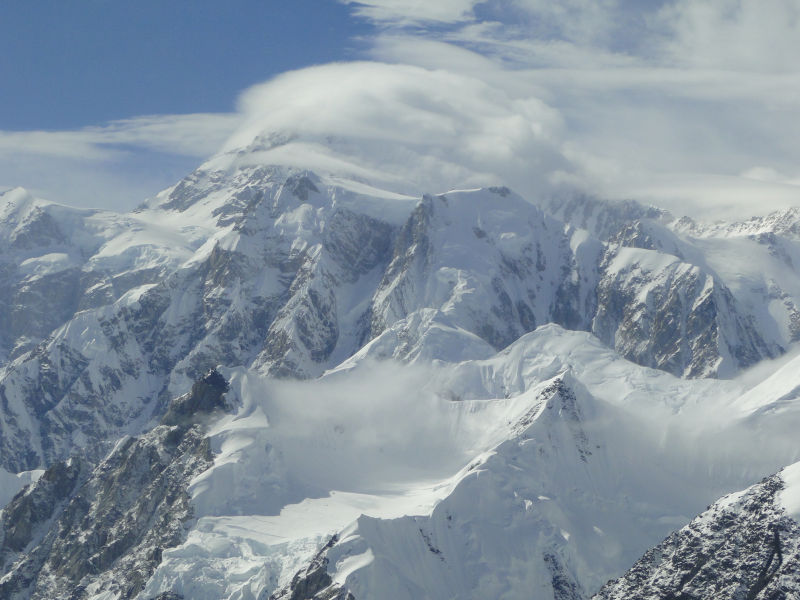
Alaska
Discover our travelsto Alaska
21 travels
Alaska. This name evokes a lot. It is the special atmosphere of long cold winters for some, it ...read more
Alaska. This name evokes a lot. It is the special atmosphere of long cold winters for some, it is the sanctuary of many wild animals for others, an incredible natural resource to satisfy man’s ever-growing needs for the latter. Nature is the key word on this land at the end of the world. There are several ways to take advantage of it and it would be a shame to deprive yourself of it. But Alaska is huge, you will have little chance of discovering all its splendours in a single trip. …
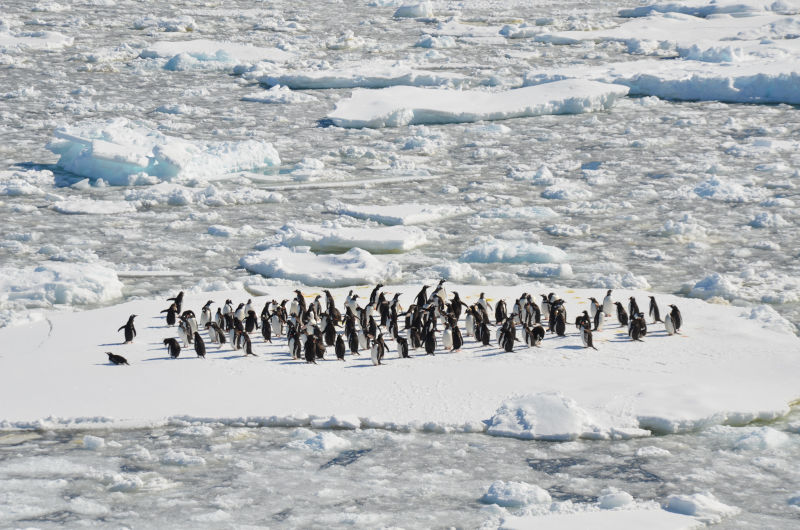
Antarctica
Discover our travelsto Antarctica
1 travel
Antarctica, sometimes called “the Southern Continent” or “the White Continent”, is the southernmost continent on Earth. Located around ...read more
Antarctica, sometimes called “the Southern Continent” or “the White Continent”, is the southernmost continent on Earth. Located around the South Pole, it is surrounded by the Ross and Weddell Seas and, according to the classifications, the Atlantic, Indian and Pacific Oceans or the only Southern Ocean.
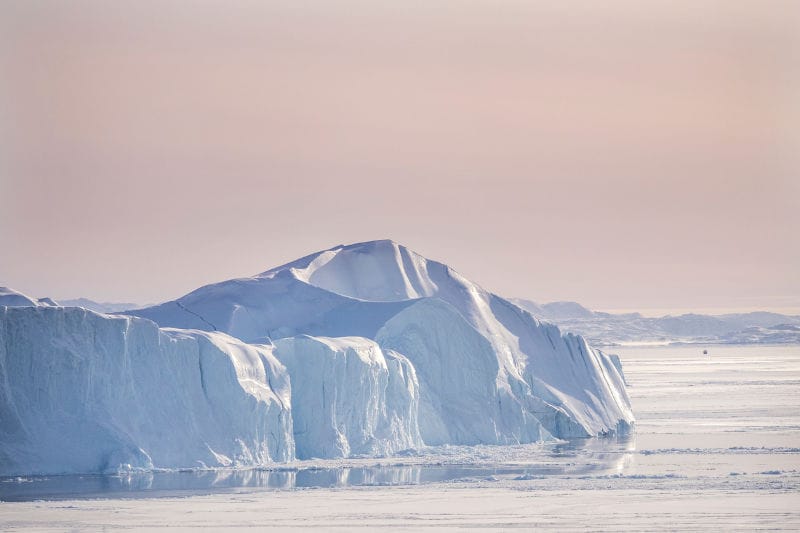
Arctic
Discover our travelsin Arctic
12 travels
The Arctic constitutes a macro-region whose most common representations correspond to an icy end of the world, a ...read more
The Arctic constitutes a macro-region whose most common representations correspond to an icy end of the world, a white desert sparsely populated by natives in furs.
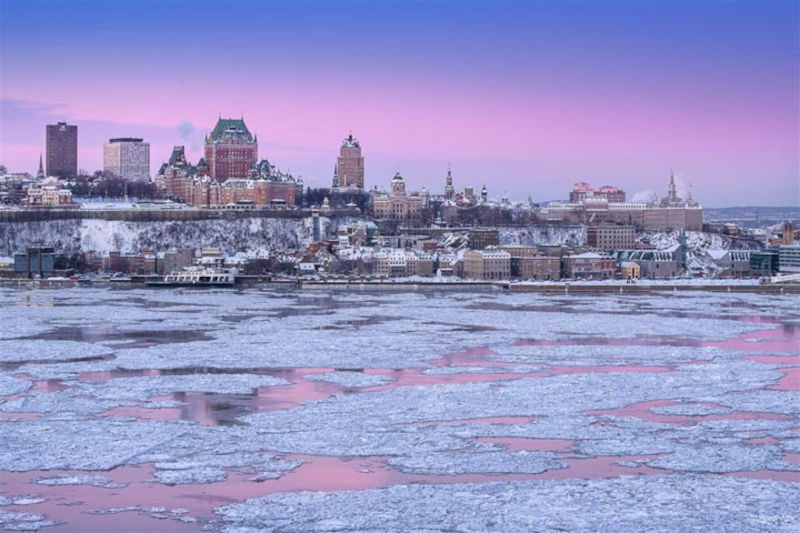
Canada
Discover our travelsto Canada
40 travels
Come and discover another Canada: perfectly blending the charm of the Pacific Ocean and the grandeur of the ...read more
Come and discover another Canada: perfectly blending the charm of the Pacific Ocean and the grandeur of the Rocky Mountains, Western Canada is worth a visit. Like the pioneers, go explore the immensity of these territories and experience the magic of the nature that surrounds you! The metropolises of the West will also surprise you with their modernity and the welcome they will give you, which will leave you an unforgettable memory.

Denmark
Discover our travelsto Denmark
30 travels
From the sweetness of the hills of Fonia to the luxurious villas of northern Copenhagen, from cultivated moors ...read more
From the sweetness of the hills of Fonia to the luxurious villas of northern Copenhagen, from cultivated moors to the dune deserts of Jutland, Denmark delights with the simplicity of its landscapes. As a family, by bike, for a weekend in Copenhagen or three weeks from one end of the country to the other, we are transported through the centuries of history of this ancestral kingdom. Reconstituted Viking villages, fishermen’s houses, fortified churches contrast with the ultramodern architecture of the port of Copenhagen where minimalism and sobriety reign.

Estonia
Discover our travelsto Estonia
6 travels
Estonia is a much larger country than it seems – it is a “secret” that every Estonian knows ...read more
Estonia is a much larger country than it seems – it is a “secret” that every Estonian knows well. It is indeed rare to find such a diversity of reliefs, flora, climates, atmospheres by travelling only about twenty kilometres.
When you move to Estonia, everything you see is full of history.

Faroe Islands
Discover our travelsto Faroe Islands
19 travels
The Faroe Islands are an autonomous archipelago that is part of the Kingdom of Denmark. They are composed ...read more
The Faroe Islands are an autonomous archipelago that is part of the Kingdom of Denmark. They are composed of 18 volcanic rock islands located between Iceland and Norway, in the North Atlantic Ocean. They communicate via road tunnels, ferries, roads and bridges. Hikers and ornithologists appreciate the mountains, valleys and green moors of the islands, as well as the steep coastal cliffs populated by thousands of seabirds.
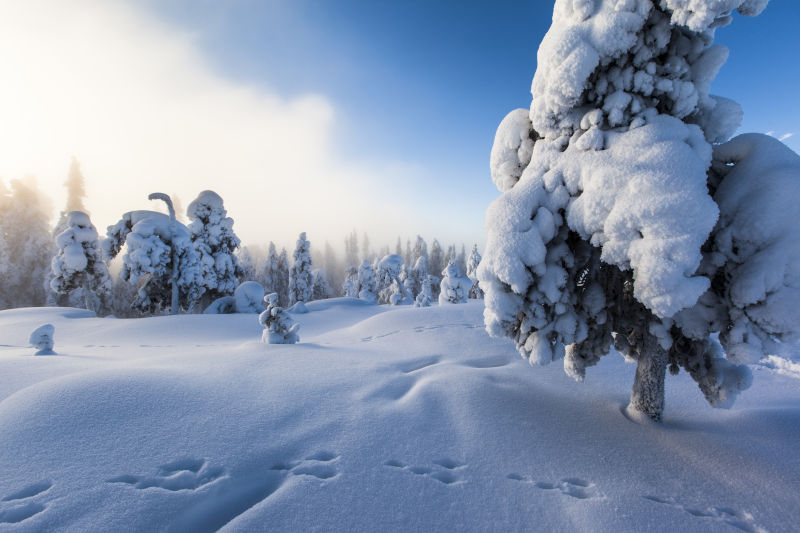
Finland
Discover our travelsto Finland
95 travels
Finland, long dominated by its Swedish and Russian neighbours, has been able to preserve and cultivate an art ...read more
Finland, long dominated by its Swedish and Russian neighbours, has been able to preserve and cultivate an art of living in harmony with nature. Between the northern lights and the midnight sun, with the forests, the sea and the great lakes, the Finns love all snow sports, but also fishing and especially the sauna. The virgin expanses of Lapland, ideal terrain for snowmobiling, snowshoeing or sledding, also allow you to meet Santa Claus.
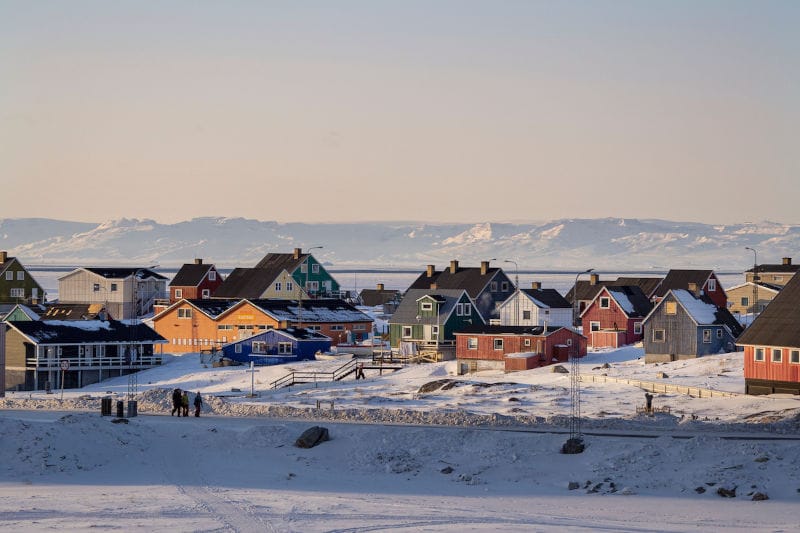
Greenland
Discover our travelsto Greenland
22 travels
Greenland is a huge island and an autonomous Danish territory located between the North Atlantic and the Arctic ...read more
Greenland is a huge island and an autonomous Danish territory located between the North Atlantic and the Arctic Ocean. A large part of its surface is covered with ice. The majority of its population lives along ice-free coasts bordered by fjords, especially in the southwest. Its position, well above the Arctic Circle, leads to natural phenomena such as the midnight sun in summer and the northern lights in winter
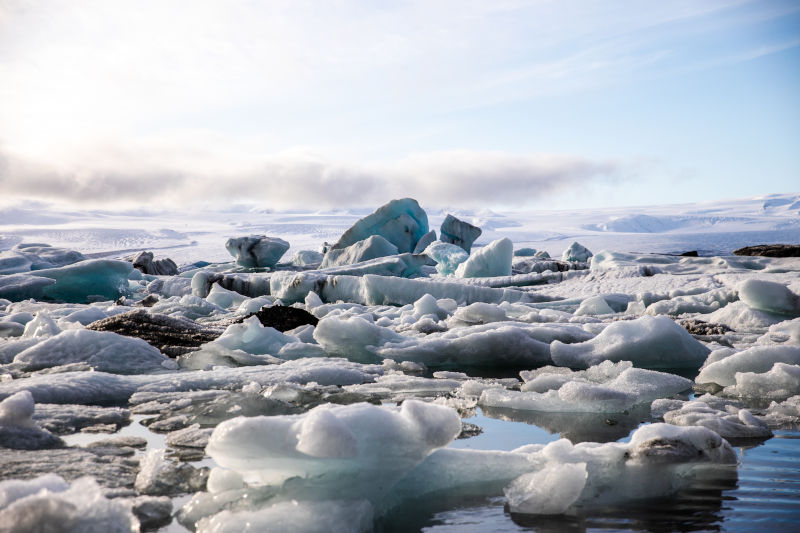
Iceland
Discover our travelsto Iceland
20 travels
Glaciers, volcanos, deep fjords, deserts of moraines and lavas, this is the theatre of the “Icelandic miracle”. A ...read more
Glaciers, volcanos, deep fjords, deserts of moraines and lavas, this is the theatre of the “Icelandic miracle”. A whole section of Scandinavian civilisation has been erected on this island of ice and fire lost in the heart of the Atlantic Ocean, at the very place where the world is reborn from its ashes, forming as a sanctuary of Nordic mythology and, at the same time, the stumbling block that allows us to understand its history. Any trip to Iceland is a journey to the past of men and the earth.
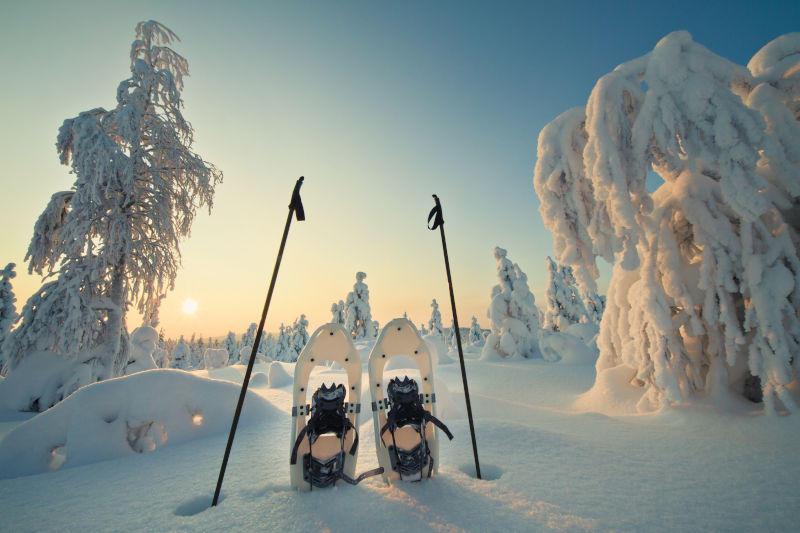
Lapland
Discover our travelsto Lapland
83 travels
In winter, Lapland attracts tourists in large numbers. Everyone opts for their favourite activity: cross-country skiing, snowshoeing, snowmobiling ...read more
In winter, Lapland attracts tourists in large numbers. Everyone opts for their favourite activity: cross-country skiing, snowshoeing, snowmobiling safari, sledding pulled by dogs or reindeer or fishing; the opportunity to discover huge wild and sometimes still virgin areas… The further north you go, the more the landscape changes. The groves and wooded hills gradually turn into birch and pine forests, then into tundra. In the evening, after the effort, there is nothing like tasting the benefits of a sauna, before rolling in the snow to invigorate yourself permanently!

Latvia
Discover our travelsto Latvia
5 travels
Latvia is a country located on the Baltic Sea, between Lithuania and Estonia. Its landscape is characterised by ...read more
Latvia is a country located on the Baltic Sea, between Lithuania and Estonia. Its landscape is characterised by wide beaches and vast dense forests. Riga, the capital, has art nouveau wooden architecture, a large central market and a mediaeval old town housing St. Peter’s Church. Riga’s museums include the Latvia’s Open-Air Ethnographic Museum, which presents local cuisine, music and crafts.
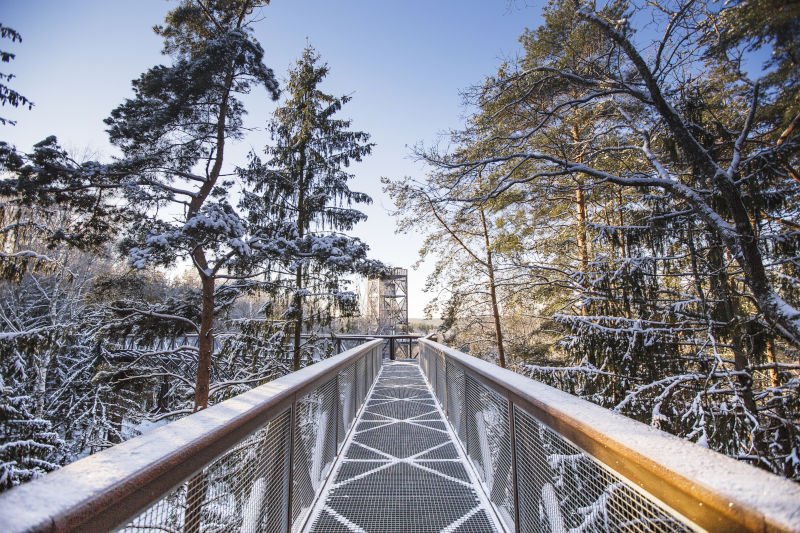
Lithuania
Discover our travelsto Lithuania
5 travels
Lithuania, a UNESCO World Heritage Site. Discovery of a true authentic Lithuania: its wild meadows and forests, the dunes ...read more
Lithuania, a UNESCO World Heritage Site.
Discovery of a true authentic Lithuania: its wild meadows and forests, the dunes swept by the green of the Curonian isthmus, the origins of pagan Lithuania in Kernave, the game of architectural styles in Vilnius and Kaunas. Let yourself get lost in discovering, feel the living traditions by listening to the polyphonic Lithuanian songs, the Sutartinés, by observing the hands creating the tradition of the craftsman who makes crosses or by participating in the events of the Festival of Songs and Dances.
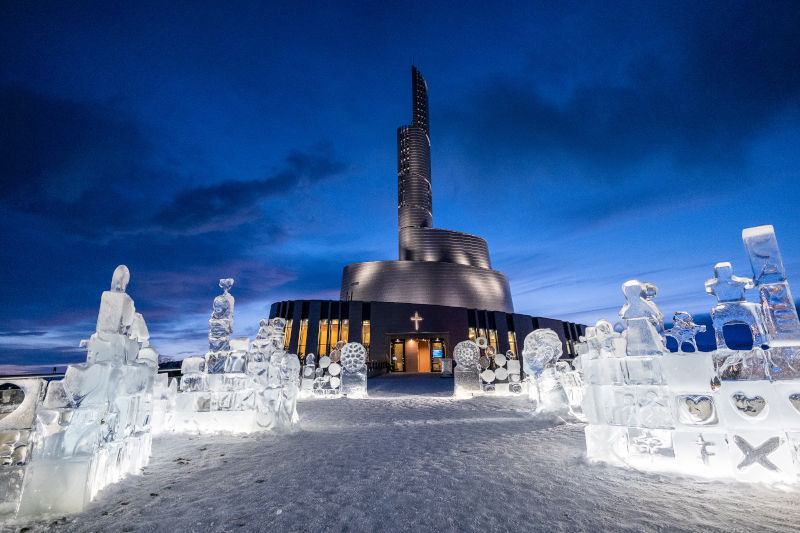
Norway
Discover our travelsto Norway
62 travels
In the far north of Europe, Norway should be the kingdom of ice. But it is without counting ...read more
In the far north of Europe, Norway should be the kingdom of ice. But it is without counting the warm current of the Gulf Stream, which licks its split coast of hundreds of fjords behind which majestic mountains point, bringing life to it. And then there is the light. With a crystalline transparency that is not found anywhere else, the sky, where, every summer, the midnight sun is played, and in winter, the mysteries of the aurora borealis.
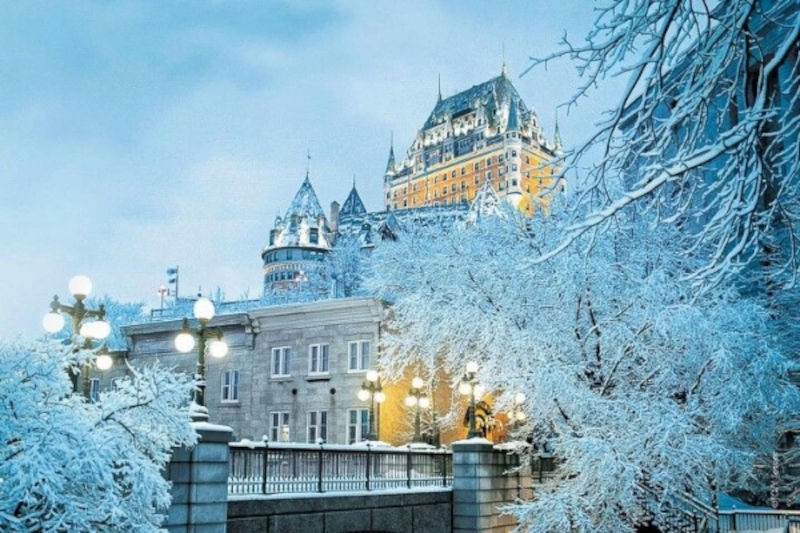
Quebec
Discover our travelsto Quebec
12 travels
A bastion of Francophone culture, Quebec is the largest province in Canada, of which it occupies 17% of ...read more
A bastion of Francophone culture, Quebec is the largest province in Canada, of which it occupies 17% of the territory. In addition to a varied range of landscapes ranging from the vast spaces of the Canadian Shield to the Appalachian mountains, through the great plain of the St. Lawrence where the majority of the population is concentrated, Quebec offers a variation of climates, a mosaic of populations and a particular flora and fauna.

Spitsbergen
Discover our travelsto Spitsbergen
11 travels
A polar atmosphere, in Svalbard, the midnight sun shines from April 19 to August 23. No blaze on ...read more
A polar atmosphere, in Svalbard, the midnight sun shines from April 19 to August 23. No blaze on the horizon here: the star doesn’t even plan to go to bed! It rotates vertically on the archipelago. The polar night, it takes over from October 28 to February 14. The climate is rigourous, with an average temperature of – 4°C in winter, + 6°C in summer. Some 60% of the territory is occupied by glaciers, vegetation surviving only on 6% of the land. The thaw that occurs in summer concerns only the upper part of the earth; in depth, it is the permagel, a permanent frost that prevents any tree from growing there, especially since the archipelago is an Arctic desert with very low rainfall.
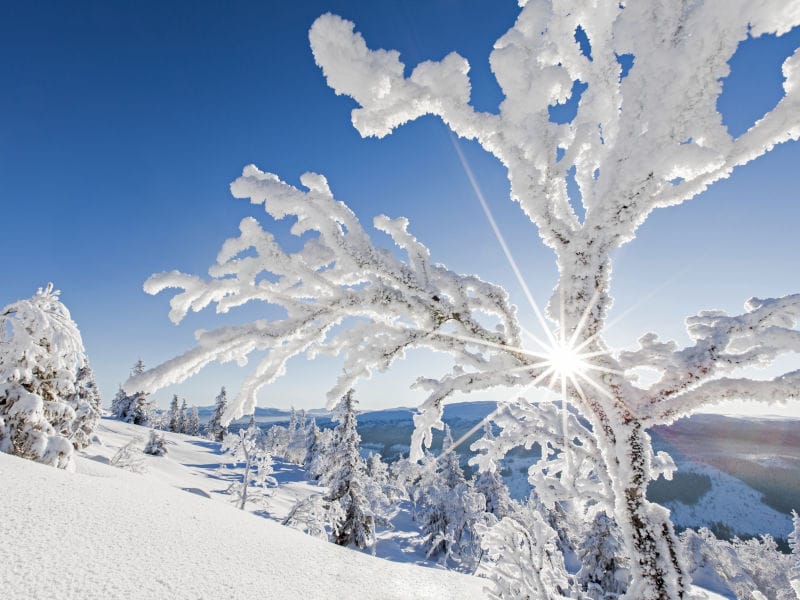
Sweden
Discover our travelsto Sweden
26 travels
On the 1600 kilometres that separate its northern and southern points, Sweden offers a multitude of faces: vast ...read more
On the 1600 kilometres that separate its northern and southern points, Sweden offers a multitude of faces: vast areas of virgin nature and cities with intense cultural life, sandy beaches and powder snow trails, red wood houses nestled in the forest and islands with the scents of the open sea. The long bright days of summer follow the mesmerising winter nights, crossed by the northern lights. Proud of its past and looking to the future, the Scandinavian kingdom preserves its Viking remains while cultivating an avant-garde design. Residents who are passionate about new technologies sometimes continue to wear traditional costumes. Over the course of the meetings, the visitor discovers a humanist and tolerant society, where respect for others and nature are paramount values.